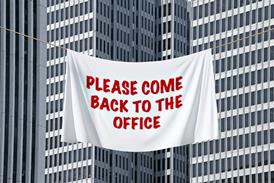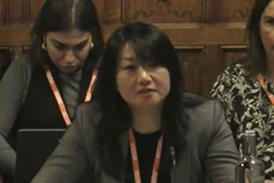The proportion of private family law cases in which both parties were represented has almost halved since legal aid reforms were introduced.
Figures published today by the Ministry of Justice show that from July to September both parties were represented in 24% of cases.
During the same period in 2012 – before the Legal Aid, Sentencing and Punishment of Offenders Act came into force in April 2013 – the proportion was 47%.
The growing incidence of litigants in person has been politically sensitive since much of family law was taken out of the scope of legal aid. Earlier this month master of the rolls Lord Dyson told a committee of MPs it was likely miscarriages of justice have happened in cases where at least one party is unrepresented.
There are now more cases where both parties are unrepresented, with that proportion standing at 28%. Pre-LASPO the figure was around 15%.
In 39% of cases, just the applicant was represented (up from 32% in the same period in 2012), while the proportion of cases where just the defendant was represented remained at around 9%.
The MoJ report states that in general, cases where both parties or just the respondent had legal representation took longer than cases where both parties or just the applicant had no legal adviser.
Divorce cases, including financial remedy, where both parties were represented took on average 27 weeks to conclude. Where both parties had no solicitor or legal adviser cases were finished in 20 weeks.
These figures would appear to back up initial research published last month by the MoJ that suggested cases are resolved quicker when there is no legal representation involved.
The number of divorces remained fairly stable at around 30,000 per quarter. Nine out of 10 divorce petitions proceed to a decree absolute, with financial remedy applications and orders made in just over a third of cases.

























9 Readers' comments